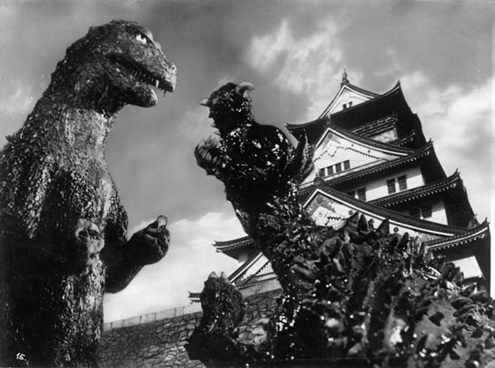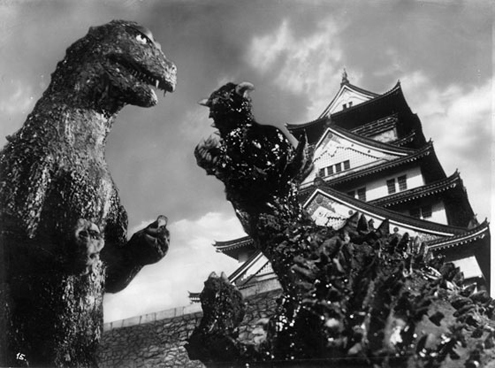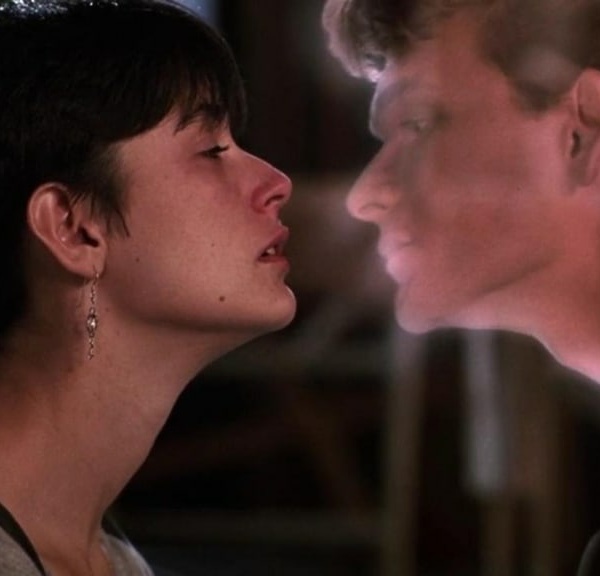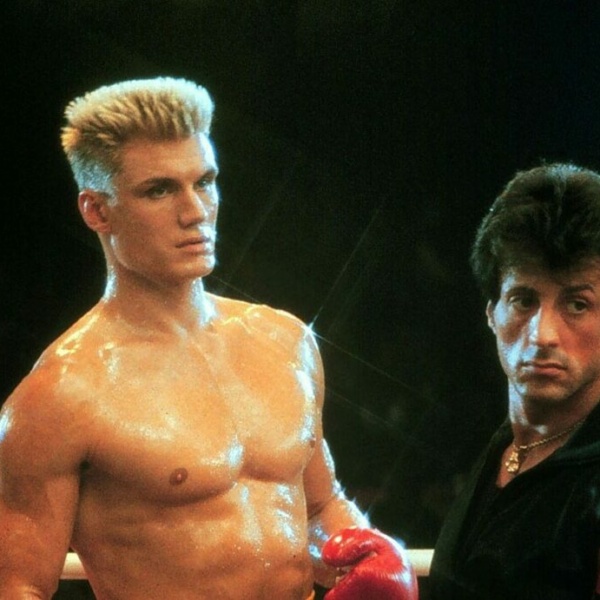
When the 1954 Toho film Gojira was re-edited and released in the United States in April 1956 under the title Godzilla, King of the Monsters!, the movie was a financial success despite mixed reviews and grossed upwards of 2 million dollars domestically. Not bad for an independently distributed film that had required relatively minor tinkering and a few added scenes to appeal to American and European audiences. Indeed, the following year, Godzilla, King of the Monsters!, complete with its English dubbing and Raymond Burr scenes, made its way back to theaters in Japan where it was subtitled in Japanese and re-branded Kaiju o Gojira (“Monster King Godzilla”). Thus the Americanized version continued to earn respectable box office even in the country of its origin.
The First Godzilla Film Stateside

Needless to say, the success of the first Godzilla film stateside in 1956 had independent film producers looking to duplicate that formula with another Japanese monster movie. Conveniently enough, Toho had already cranked out a modestly well-received sequel to Gojira in 1955, titled Gojira no Gyakushu (“Godzilla’s Counterattack”, or “Godzilla Raids Again” – the English title used by Toho for potential foreign distribution). The small partnership of independent US distributors who had gotten lucky with the first Godzilla film snapped up the rights to Godzilla Raids Again around late 1956 for production in 1957. They then proceeded to make a series of creative decisions regarding the film that, in retrospect, was rather unfortunate.
Repackaging Movies For US Audiences
Producer Harry Rybnick, who had co-produced Godzilla, King of the Monsters! spearheaded the idea that Godzilla Raids Again should be repackaged as an entirely different film for US audiences. Only the special effects scenes of Godzilla and his spiky-shelled monster foe, Anguirus (AKA: Angilas), would be used in the re-edited version of the film. Since Godzilla himself had not been established as an iconic character at that time and had also been “killed off” in the previous film, Rybnick envisioned presenting the two monsters as nameless dinosaurs that had been released from suspended animation by a volcanic eruption. The revamped movie was rather predictably titled The Volcano Monsters, and Rybnick hired screenwriter and future b-movie director Ib Melchior (later to do The Angry Red Planet, Reptilicus and Death Race 2000) and his partner, Edwin Watson, to develop the script.
The story for The Volcano Monsters removed most of the Japanese elements of Godzilla Raids Again, with two dinosaurs being discovered frozen on a Japanese volcanic island, then shipped to the United States where they revive and break free off the coast of California to terrorize San Francisco. Since the script describes the starring creatures as merely a tyrannosaurus and ankylosaurus, the size of the monsters was to be significantly less massive than in the original Japanese version. Also, all scenes featuring Godzilla’s atomic breath ray were to be cut from the film since the creature was now a non-radioactive T-rex (and an egg-laying female T-rex at that!). Upon viewing the Japanese footage for Godzilla Raids Again, it became obvious that numerous special effects reshoots would be necessary to depict the monsters in the more traditional dinosaurian manner that The Volcano Monsters script demanded. This lead to a very interesting event in the evolution of Godzilla.
The Suits
Toho film company, then very eager to promote positive relations with its Hollywood contacts, actually made some new Godzilla and Anguirus rubber suits for use in The Volcano Monsters at the request of the American producers and shipped them to the US in 1957. The new Godzilla suit in particular was noticeably different in appearance than the 1955 suit utilized in Godzilla Raids Again. The 1957 Godzilla suit lacked the more dragonlike features of the head seen previously, such as the staring goggle-eyes and the short pointy ears. Godzilla’s feet also now sported only three toes instead of four as seen in the 1954 and 1955 films. These changes to the Godzilla suit are assumed to have resulted from the American producers’ desires to present the character as more T-rex-like. When the Japanese Godzilla movie franchise came back to life in 1962 with King Kong vs Godzilla, viewers would see a more lizard-like, earless, three-toed Godzilla in that film and onward in the remaining era of films through 1975. The 1957 Godzilla suit served as a “missing link” between the 1950s and 1960s Godzilla designs.
The End Of A Dream

Despite the presence of a shooting script and the new monster suits, however, The Volcano Monsters was not meant to be. The low-budget production company that was funding the film, AB-PT Pictures Corporation (an experimental collaboration between the American Broadcasting Company and Paramount Theaters) closed its doors and halted all films in progress in the summer of 1957. The final fate of the Godzilla and Anguirus monster suits that had been shipped to the California studio is unknown to this day, but it is certain that even if the suits were somehow saved at the time, the rubber would have disintegrated decades ago.
Godzilla Raids Again languished for over a year until plans to dub it without adding the revamped Volcano Monsters storyline commenced in 1958. Warner Brothers distributed the film in 1959 and released it as Gigantis the Fire Monster. Despite Warner choosing to retain most of the original Toho film’s format, they stuck with the concept of not naming Godzilla and instead promoting him as a “new monster” along with Anguirus. The US box-office response was lackluster compared to that of Godzilla, King of the Monsters, and Gigantis is considered a weaker entry in the US-released versions of Godzilla movies, despite featuring English dubbing from none other than a pre-Star Trek George Takei.
Final Thoughts
How much more different the movie would have been if The Volcano Monsters had succeeded in repackaging Godzilla in a much more drastic manner for US audiences. No atomic ray, much smaller in size, female, egg-laying… And fans thought the 1998 American Godzilla movie was a big deviation!


